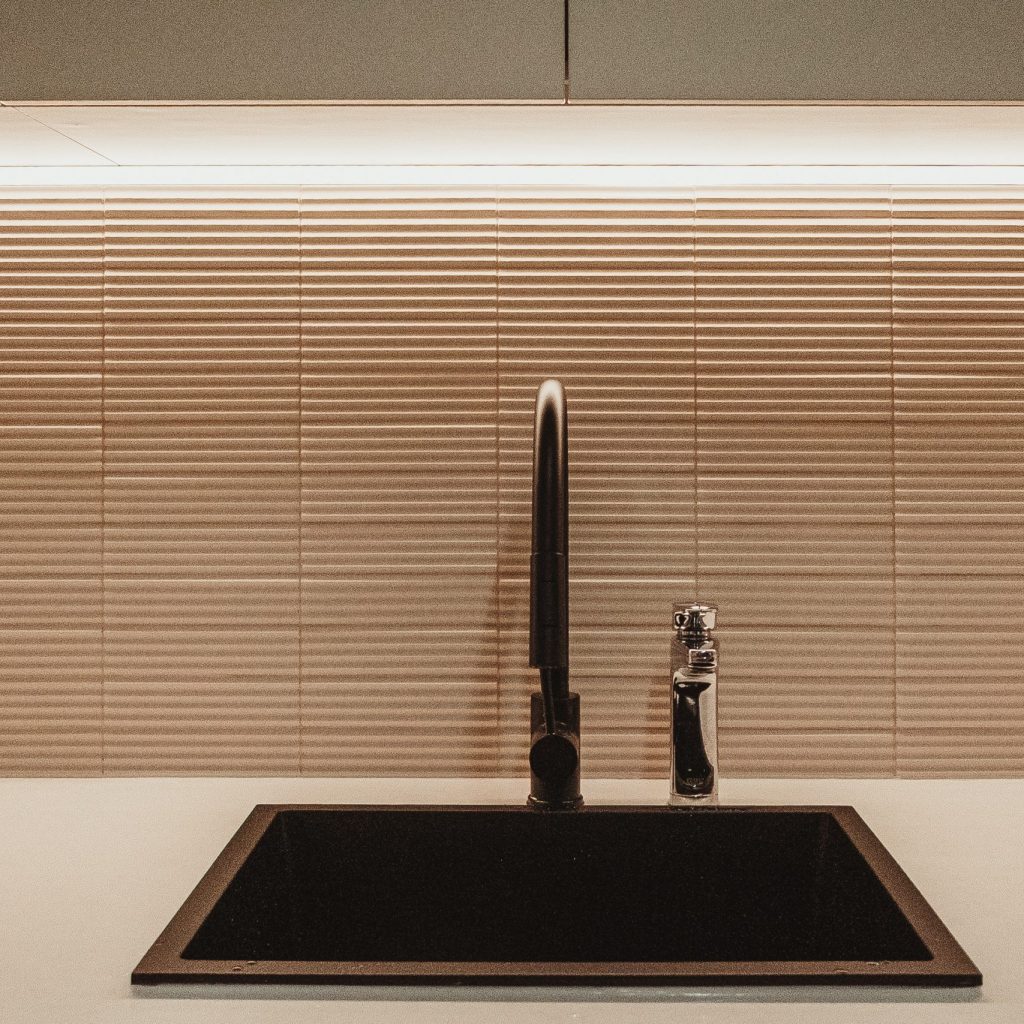From a Business Owner’s Perspective: Who Should Lead a Commercial Fitout or New Build Project?
Maximise design effectiveness, cost control, and build efficiency with these insider tips from our team.
Many clients begin their commercial fitout journey by engaging an interior designer first. The result is often a stunning concept that unfortunately exceeds the budget, triggers costly redesigns, extends timelines, and sometimes misses the mark on the original intent.
From our experience, having sat on both sides of the table, we’ve seen a better way – one that few in the commercial fitout industry truly understand or appreciate the value of.
The Case for a Quantity Surveyor and Project Management-Led Approach
With no disrespect to designers (I have many great friends who are outstanding architects and interior designers), their exposure is often limited to the creative process rather than the commercial realities of construction. A Quantity Surveyor, by contrast, sees hundreds of design concepts cross their desk each year.
This provides a unique vantage point; understanding how materials, finishes, and suppliers vary across cost, performance, and availability. For example, you might see a light fitting specified at $5,000. A comparable model from a lesser-known brand could deliver the same functionality and warranty for $2,500, or even as low as $1,200, with only a small compromise on aesthetics or longevity.

Small details can have major implications.
Design Meets Constructability
Another critical factor is constructability, and more specifically how design decisions translate into practical execution on-site. Small details can have major implications.
Take a simple example: a 5,000mm countertop designed to be one continuous piece. If the access point to the space isn’t wide enough, it can’t be installed that way. The result? It needs to be cut into sections, leaving visible joins and undermining the original design intent.
Or consider large decorative solid timber veneer beams. By substituting them with acoustic hollow printed beams, you can achieve the same visual effect, reduce overall weight, simplify the support structure, and improve acoustic performance, all while lowering cost.

The Workspace360 Methodology
Our methodology has been tested on projects across Australia, and we’ve proven that starting with a QS and Project Management–led approach consistently delivers smarter, faster, and more transparent outcomes.
Here’s what this approach gives you:
1. Integrated Coordination from Day One
Design and cost planning run hand-in-hand from the start, aligning the work of designers, QSs, engineers, and specialist trades to achieve the best result within budget.
3. Full Transparency and Client Engagement
Our clients gain access to detailed cost breakdowns and clear explanations of unknown variables, empowering informed decisions based on hard data, not assumptions.
2. Accelerated Project Timelines
This coordinated approach has reduced overall project timeframes for our clients by 30–40%, from concept to completion.
4. Consistent Communication and Control
Weekly progress reports and structured communication channels provide live visibility and enable quick, confident decision-making throughout the project.
By engaging a QS and Project Management team from the outset, alongside great design expertise, you gain the perfect balance of creativity, cost control, and constructability. It’s not just about saving money; it’s about building smarter, faster, and with greater confidence in every decision.
That’s the Workspace360 way: fitouts designed to be delivered, not redesigned.
